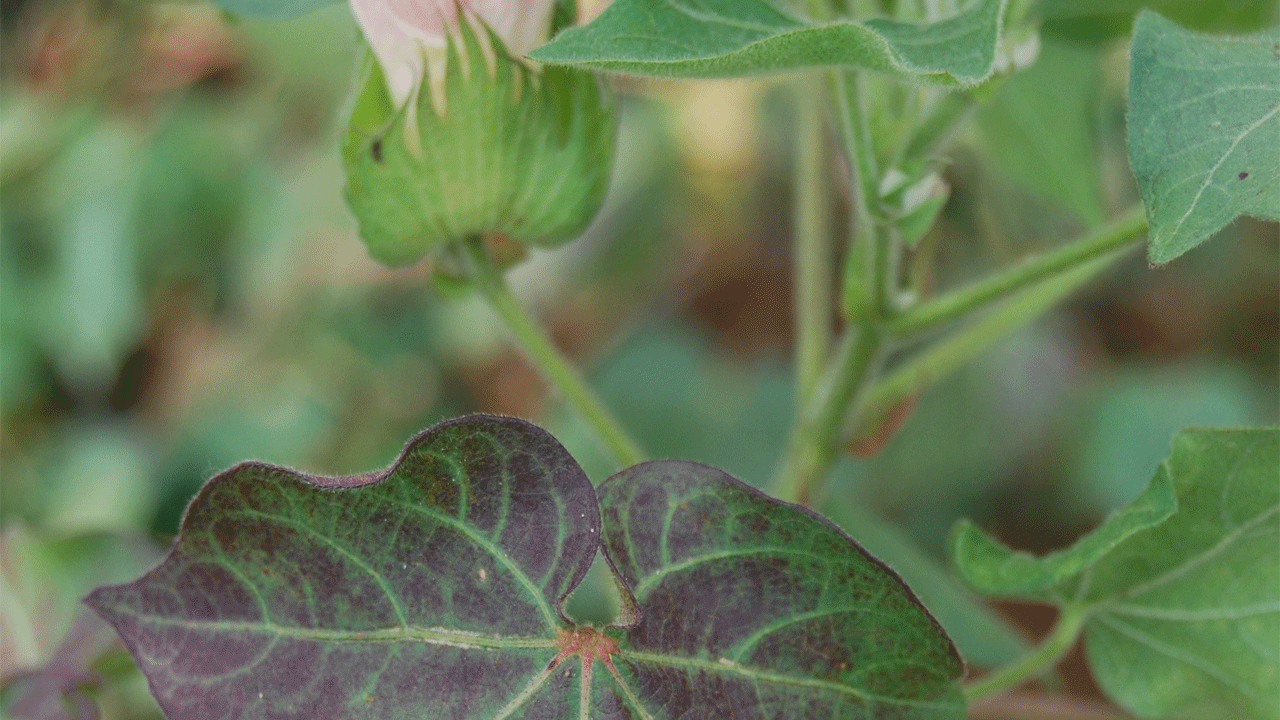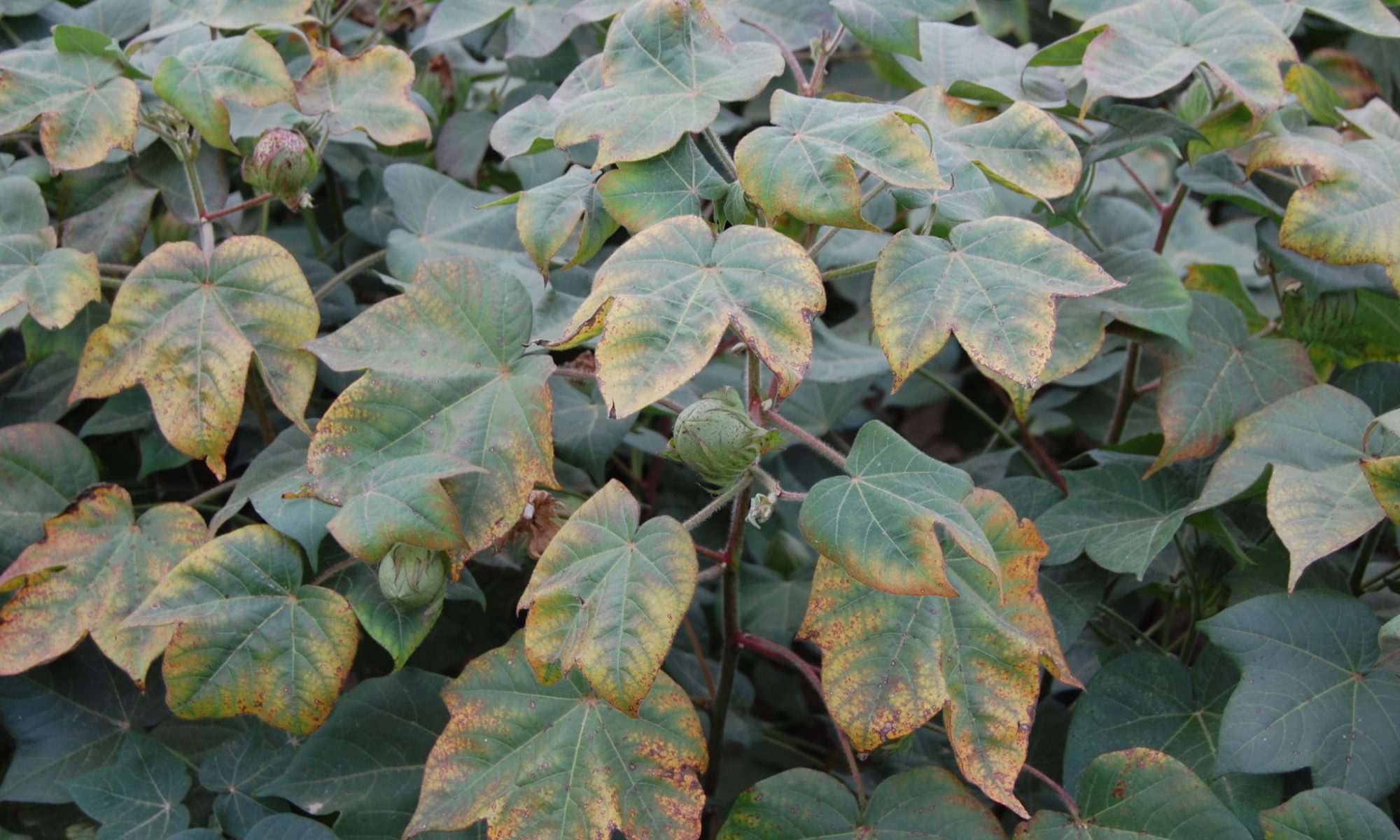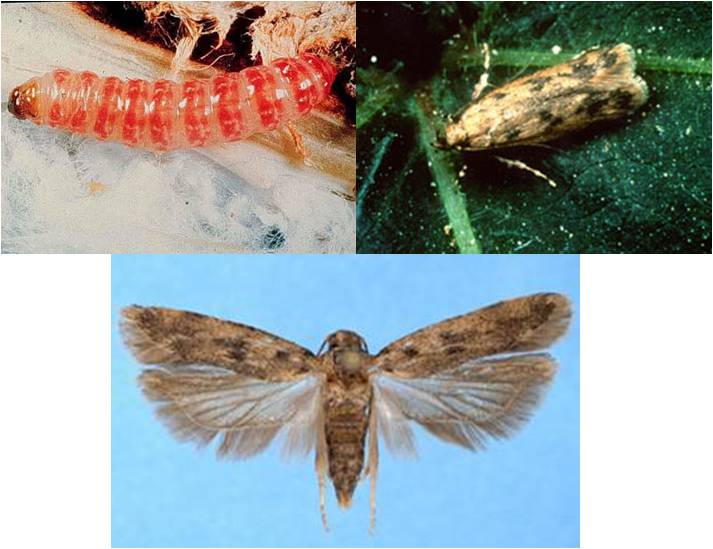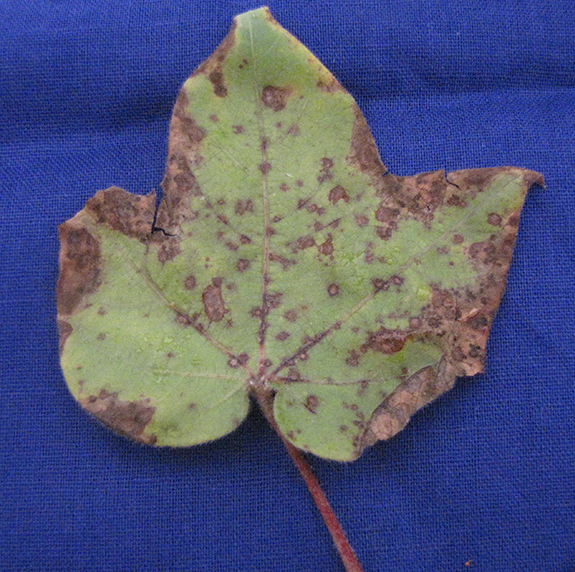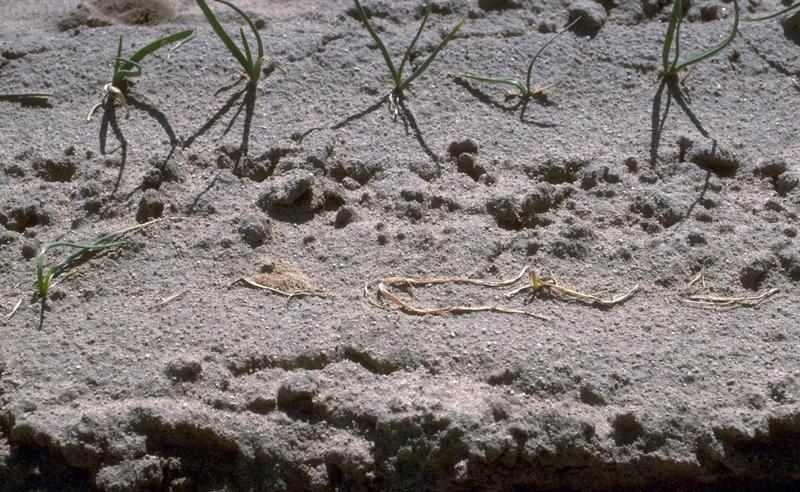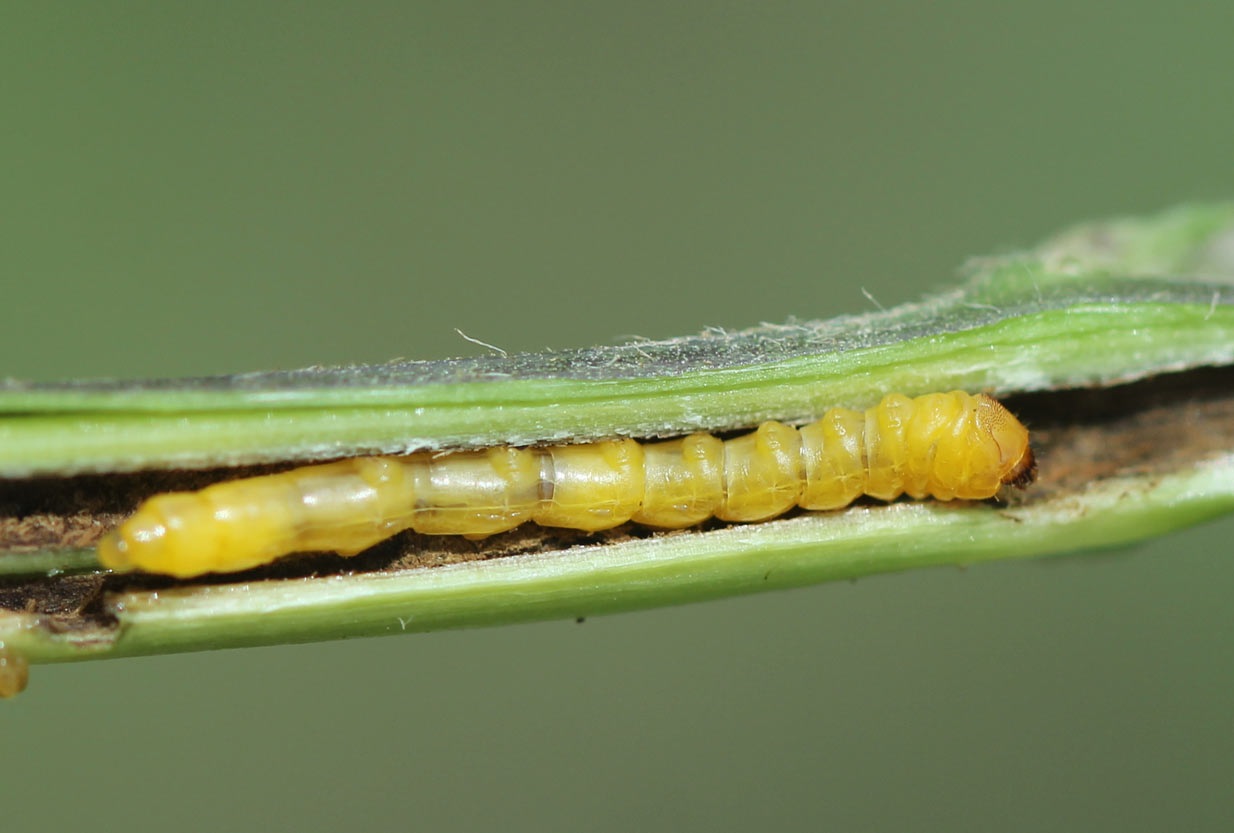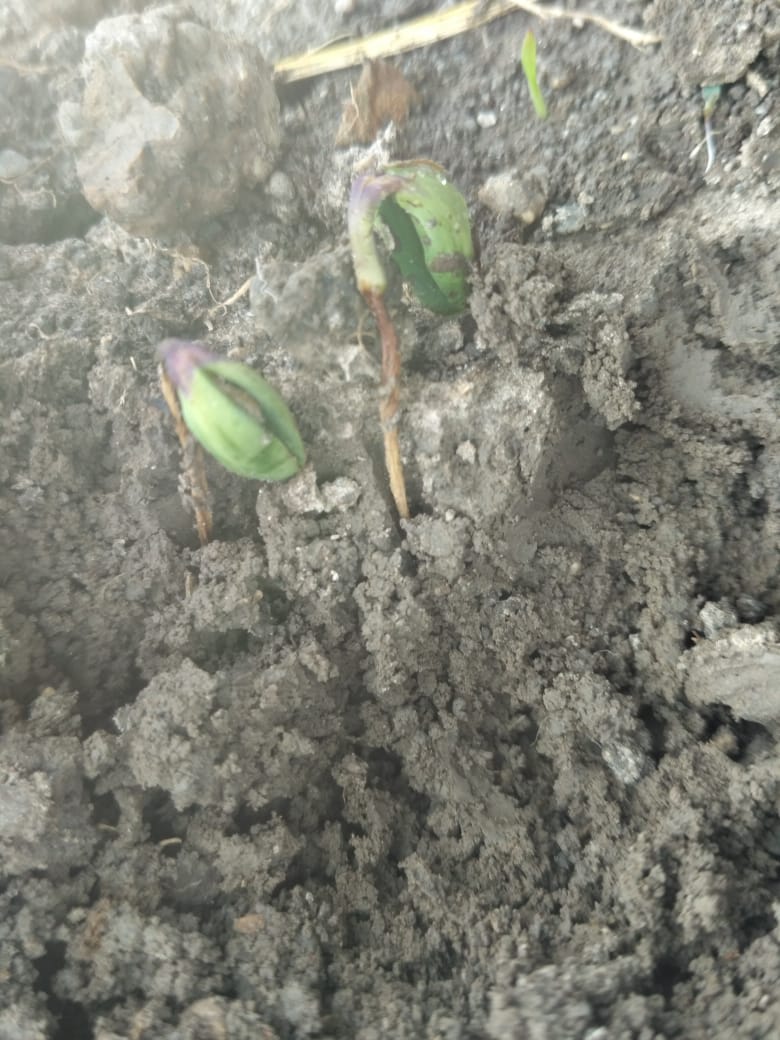Phosphorus Deficiency in Cotton:-
Leaves of Phosphorus deficient plants remain dark green in colour with reduced leaf size. The deficiency symptom is first reflected in the lower or older leaves of cotton plant. The deepening of the green colour of the leaves progresses upward towards to the growing point to the extent phosphorus is deficient, suggesting that the nutrient moves to younger tissues as the supply diminishes. An extreme deficiency of phosphorus not only reduces the plant size, but also suffers from lack of secondary branches and reduction in boll number. It also leads to delay in blooming, fruiting and maturity of the bolls.
Younger Leaves show more dark green appearance. Older leaves become small in size and developed purple and red pigmentation.
Control:- Spray 12:61:00 or 00:52:34 @ 100 gm per pump.
Like and share with other farmers by clicking on button below
Share
